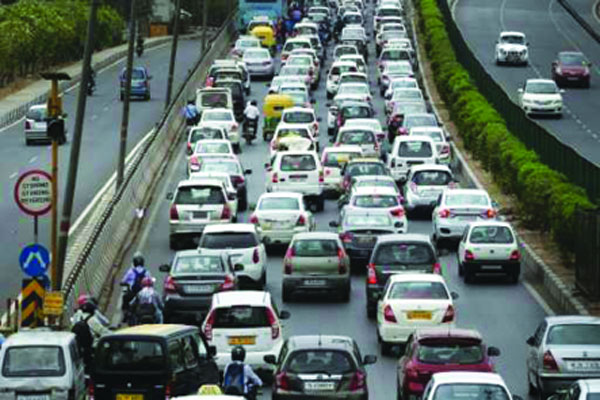India needs to emphasise to the world where its scorecard is better than many of the developed countries, who frequently lecture India on emission flows
Recently, yet another COPs meeting was held in Glasgow. Compared to the low-key meetings in the last couple of years, this year’s meeting seems to have ended on a high note. The developed countries have been quite successful in delinking the narrative of stock of historical emission in the carbon space, contributed by the developed countries, to the issue of current emissions. The bad guys are of course the emerging countries like India and China.
The nudge towards this was slowly evident in the last few years when pressures in various forums was being built on developing countries to identify the peaking year of carbon emissions. Many countries including China followed suit and identified the peaking year as per their development pathways. To my best knowledge, India never officially announced a peaking year even though they may have worked in the official circle before announcing 2070 as the target year for Net Zero emissions. A bold announcement by India’s Prime Minister in a meeting like this gives a strong message.
As I recollect, a similar message by the Prime Minister in Paris meeting paves the way for the significant shift towards renewable in India’s energy spectrum. However, the task is much more challenging this time. India has to depend mostly on own resources as developed countries are not very forthcoming in allocating funds to developing countries like India for the transition. Moreover, as climate changes become more evident as years go by, it is expected that the pressure will be on all countries including India to advance the target year for net zero emissions.
Thus, India needs to do the homework seriously on pathways to reduce emissions. Also, India needs to emphasize to the world where its scorecard is better than many of the developed countries who frequently lecture India on emission flows. By and large, India has taken has taken a laidback approach most of the time.
For instance, there are two board sources of emission: consumption process as well as production process. It is in our interest where we stand vis-a-vis each of the components. On the consumption side, India’s households emit a minuscule compared to the rich households of the developed countries. This is true even for the ultra-rich households of India versus the same in developed countries. This happens because of contrasting life. Many of the Indian consumer electrical goods are energy efficient due to the introduction of star rating system of such goods by BEES, thereby lowering emission. Similarly, most of the Indian personal automobiles are fuel-efficient compared to fuel guzzling automobiles of USA,leading to lower emission. However, Indians are not very forthcoming to point out these facts in the global meet with evidences. Alas, Indian researchers have not invested in this kind of fact-finding research for global consumption.
The production process needs more attention as most emission takes place here. Here also, there are sectors where Indian industries compare well with the developed ones. We need to do an objectives analysis of such cases and produce evidence to the world. In the process, we will know where we need to take corrective actions. Of course, these need in-depth research where the funds need to be invested by government and/or the private sector.
Over the years, a lot of investment came in the energy intensive sectors from the developed countries due to the laxity in Indian environmental norm. More such investments may be forthcoming as other countries strengthen their environmental norms to gear their economy towards net-zero emission target. It is high time that India also takes an objective decision regarding the environmental norm, how best these polluting industries may be modernized and whether the investment policy on establishing such industries should be revised. Our major trading partner, European Union, is discussing the imposition of a carbon border adjustment tax on imports based on the amount of carbon emissions resulting from the production of a product in question. India needs to have a well-thought-out policy on energy-intensive products.
India’s agricultural practices need introspection. Free power, free water in the Northern India belt has encouraged deep-water paddy cultivation practices which inadvertently leads to higher emission. India’s farm sector nearly accounts for 14 per cent of the country’s total greenhouse gas emissions, preceded by electricity (44 per cent) and manufacturing industries and construction sectors combined (18 per cent). Thus, the farm sector needs special focus if we have to achieve net zero emission.
(The writer is a professor at NCAER, New Delhi. The views expressed are personal.)


























